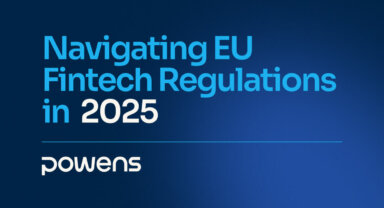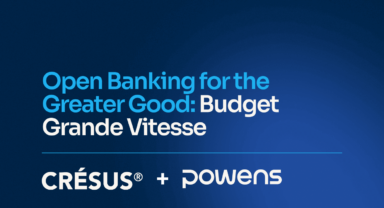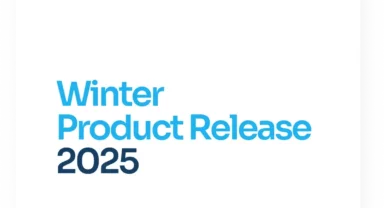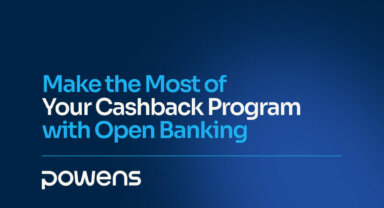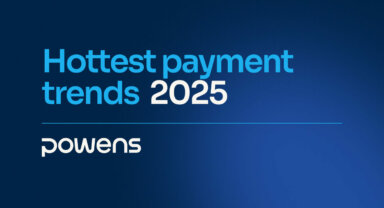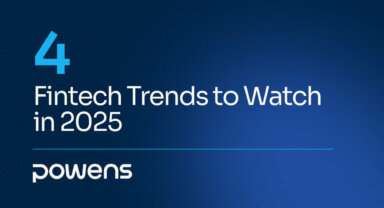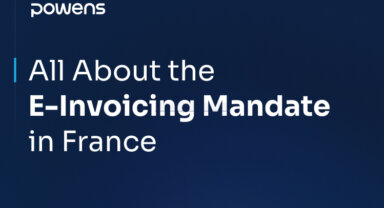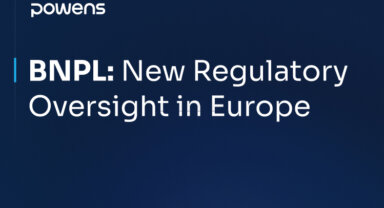In light of the European Comission’s news that they will “amend and modernise the current Payment Services Directive (PSD2)” to become PSD3, we thought it would be nice to review the promising aspects of PSD2, which now serves as a foundation for the next phase in modernizing payment services.
The Revised Payment Service Directive (PSD2) is a significant regulatory initiative from the European Union. It is not just rewriting the rules of the banking sector; it’s forging a new path towards an open, competitive, and consumer-centric financial landscape. As the cornerstone of open banking, PSD2 is redefining the conventional banking services and fostering competition, innovation, and advancement in the industry.
PSD2 as the Bedrock of Open Banking
The Role of PSD2 in Transforming the Banking Landscape
PSD2 is considered the main driving force behind the open banking revolution. It has mandated traditional banks to share customer data with third-party providers (TPPs) securely via Application Programming Interfaces (APIs), thereby democratizing access to this data. This fundamental shift from a closed banking system to an open one has facilitated the advent of a new, competitive, and integrated financial ecosystem.
Breeding Ground for Competition and Innovation
The interoperability between different banking systems and services, promoted by PSD2, has fueled competition in the financial sector. This new wave of competitiveness is nudging traditional banks to evolve and innovate, adopting advanced digital solutions to keep up with customer expectations and meet the industry standards set by agile and innovative fintech firms.
Impact of PSD2 on Customer Experience
Consolidating Financial Data with Account Aggregation
One of the most compelling customer-centric innovations spurred by PSD2 is account aggregation. This service allows customers to have an integrated view of their multiple financial accounts across different banks within a single digital platform, making financial management more efficient and convenient.
The Power of Consent and Authentication
The open banking model, under the aegis of PSD2, prioritizes customer consent and strong customer authentication (SCA). The directive ensures customers maintain control over their data, deciding who can access their data and for what purpose. To protect customer information, PSD2 mandates SCA, requiring at least two independent elements for user verification: something the user knows (like a password), something they have (like a mobile device), or something they are (biometrics).
PSD2 Fuels Innovation in Fintech
Empowering Fintechs and Enhancing Services
PSD2 has significantly broadened the potential for fintech firms. With access to customer data and banking infrastructure through APIs, fintechs are innovating and offering personalized financial products and services. This surge in innovation is making the banking sector more diverse, inclusive, and customer-focused.
Blockchain Meets Open Banking
Emerging technologies like blockchain align seamlessly with the tenets of open banking set forth by PSD2. Blockchain’s inherent features of improved security and transparency can provide an immutable, tamper-proof record of transactions. This added layer of trust facilitates secure data sharing and propels the financial industry towards a more robust and resilient future.
Broader Impacts on the Financial Sector
Compliance in the Spotlight
PSD2’s advent has made regulatory compliance a focal point in the financial sector. Financial institutions must adhere to the stringent rules laid down by the directive, leading to increased transparency, enhanced customer protection, and consequently, improved trust in the digital banking environment.
Fostering Innovation Through Collaboration
PSD2 has facilitated the entry of new players into the banking ecosystem, leading to an increase in innovative partnerships. Traditional banks and fintech companies are increasingly joining hands, combining their strengths to offer superior digital banking services. This collaborative approach propels innovation and growth in the financial industry, promising a brighter future for all stakeholders.
The Long-Term Implications of PSD2
The Evolution of Traditional Banking
The demands of PSD2 will accelerate the digital transformation of traditional banks. Banks need to adapt and build robust, secure, and user-friendly digital platforms that can compete with the innovative offerings of fintech companies. This evolution isn’t just about survival but about taking the lead in an industry ripe for innovation.
The Rise of Personalized Financial Services
As financial data becomes increasingly accessible, the potential for highly personalized financial services grows. Fintech companies, equipped with detailed user data, can provide tailored financial advice, personalized banking experiences, and custom financial products. This level of personalization was unheard of in the era of traditional banking but is rapidly becoming the norm in the age of open banking.
The Potential for a Unified Global Banking System
While PSD2 is an EU directive, its effects reach far beyond Europe. The open banking model, enhanced security measures, and drive for innovation are influencing financial regulations and practices worldwide. Over time, we might see a more unified global banking system, with standardized practices and seamless cross-border financial transactions.
Conclusion
In conclusion, PSD2 is a transformative force in the banking sector. Through its promotion of open banking, PSD2 is reshaping how financial services are delivered, increasing competition, fostering innovation, and enhancing consumer experiences. As the ripple effects of PSD2 continue to spread, every player in the financial sector – from traditional banks to fintech startups, from regulators to consumers – must adapt and evolve. The future of banking, shaped by PSD2, promises to be more open, more competitive, and more customer-centric than ever before. Navigating this new landscape will be challenging, but the opportunities it presents are truly groundbreaking.
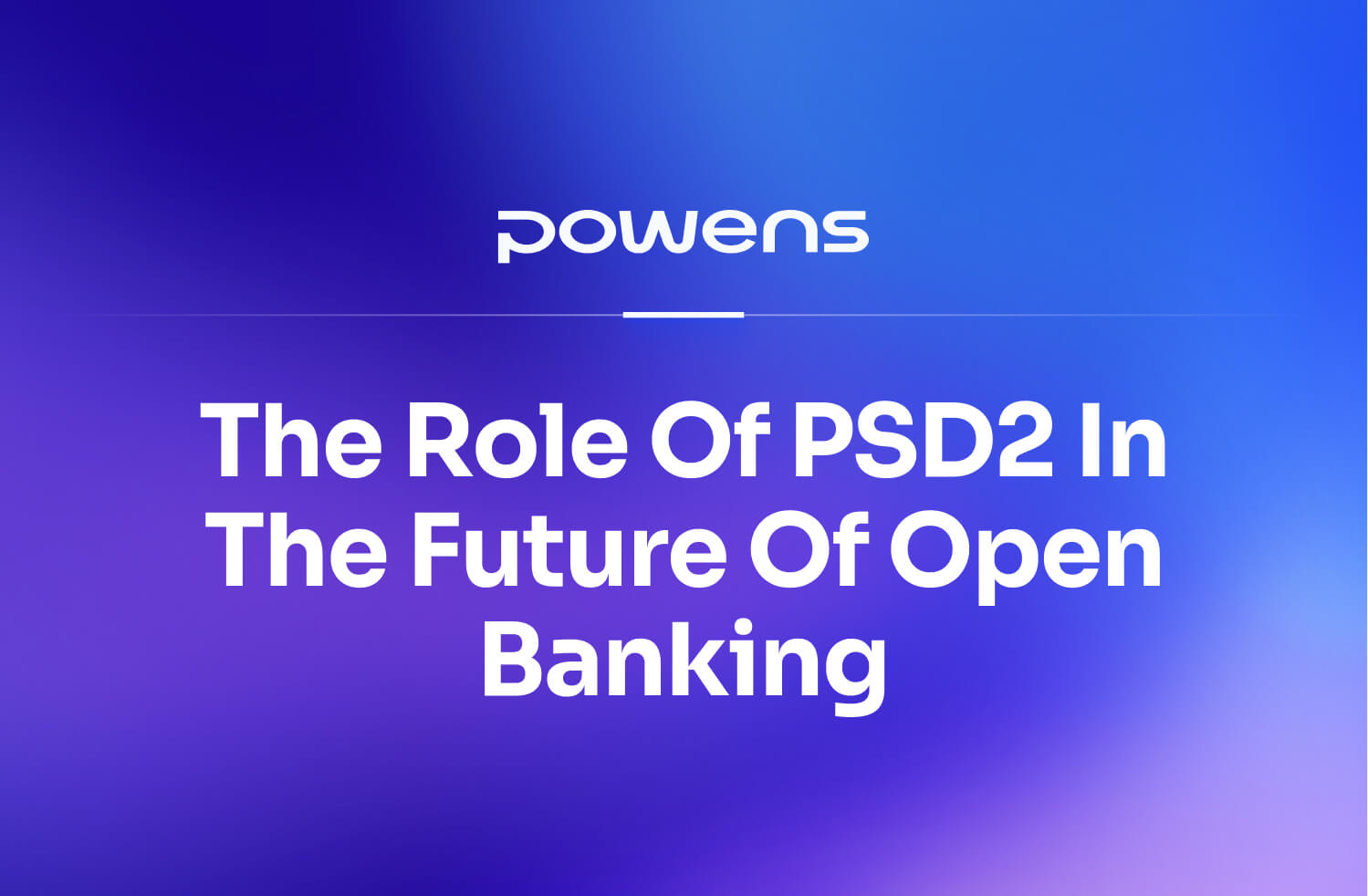
 Jul 13, 2022
Jul 13, 2022 



